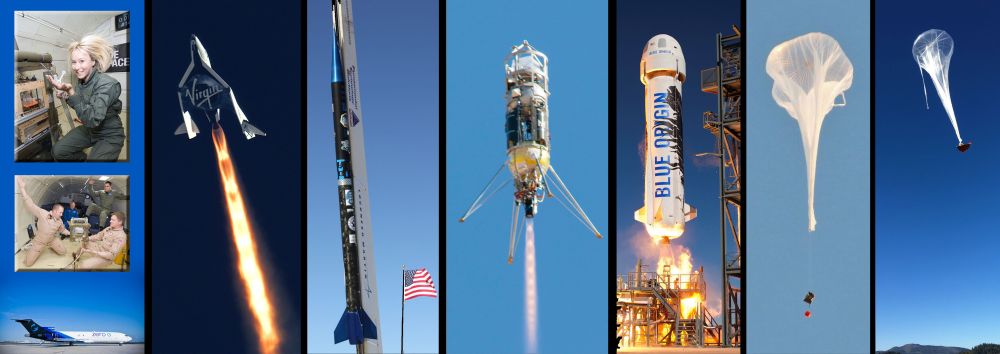NASA’s Flight Opportunities program has selected 25 space technologies for further testing. They’re testing the technologies on aircraft, balloons, and sub-orbital rocket flights. NASA hopes to learn a lot about each of the technologies with this rigorous testing, without the expense of sending them all into orbital space.
This testing will subject each of the technologies—which includes everything from navigation technologies to astronaut health-monitoring—to the demands and rigor of space travel, without actually sending them into space. It’s an important step in the the development of these technologies before they’re included in any actual missions.
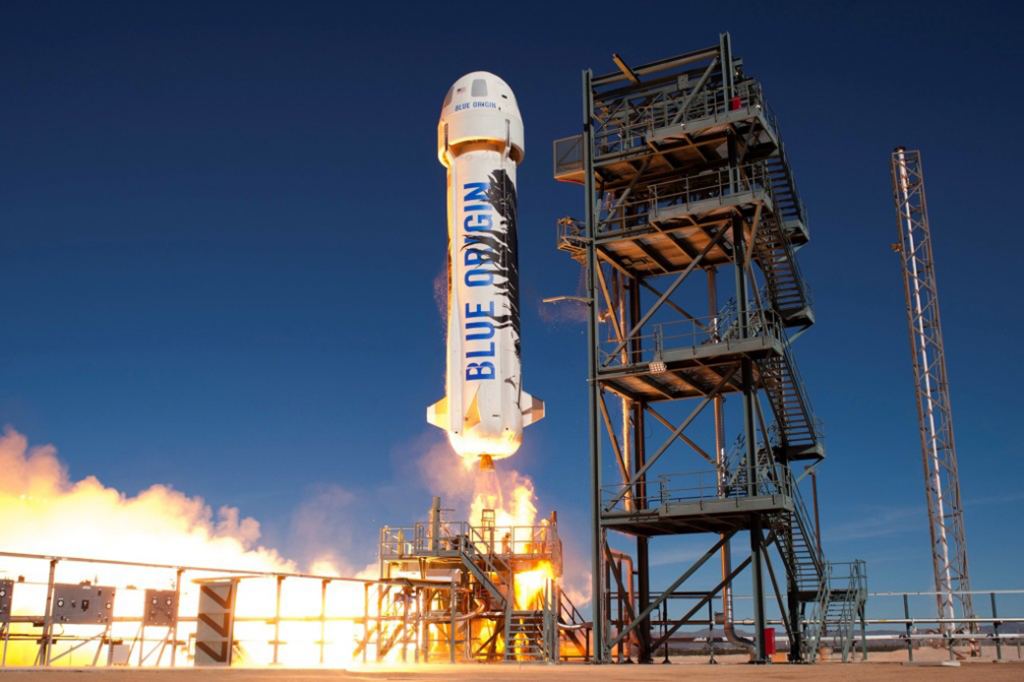
“With vibrant and growing interest in exploration and commercial space across the country, our goal with these selections is to support innovators from industry and academia who are using rapid and affordable commercial opportunities to test their technologies in space,” said Christopher Baker, program executive for Flight Opportunities at NASA Headquarters in Washington. “These suborbital flights enable researchers to quickly and iteratively test technologies with the opportunity to make adjustments between flights. The ultimate goal is to change the pace of technology development and drastically shorten the time it takes to bring an idea from the lab to orbit or to the Moon.”
NASA call this program a bridge between laboratory testing and testing in Earth orbit and beyond. The technologies being tested fall under two fairly broad categorizations:
- Topic 1: Supporting Sustainable Lunar Exploration and the Expansion of Economic Activity into Cislunar Space
- Topic 2: Fostering the Commercialization of Low Earth Orbit and Utilization of Suborbital Space
The short name for this program is “Tech Flights.” NASA invited interested companies/organizations to apply to the Tech Flights program, and awardees were given a total of $10 million this year. Awardees will either receive the money as a grant, or as a part of a cost-sharing arrangement with NASA. From there, the awardees can select a flight-provider that meets the testing needs of their technology.
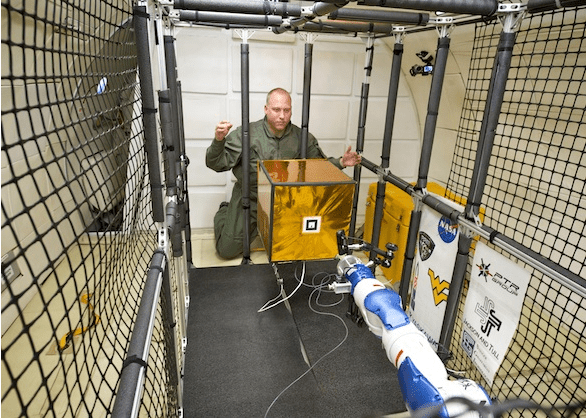
The Tech Flights program is part of NASA’s Space Technology Mission Directorate, and has been operating since 2010. So far, over 200 technologies have been awarded funds for testing.
There’s an astounding variety of technologies among those 200. Everything from a vacuum-based sample collector that works in the vacuum of space, to robotic grippers based on geckos. From parts-per-billion trace gas detectors that can help find life on other planets and can be used in medical breath diagnosis, to radiation-tolerant computing technology for satellites.
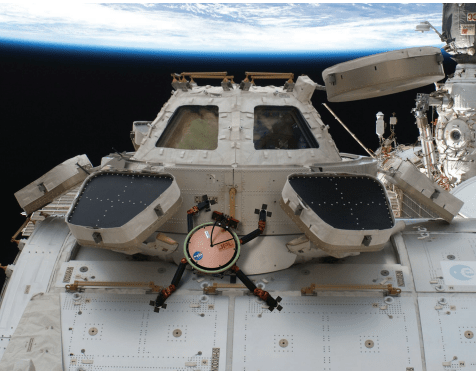
The 25 chosen in this year’s program also feature a wide variety of space technologies. From large-scale solar arrays that fold up like origami during transport, to a system that can synthesize pharmaceuticals for astronauts on long-duration space missions.
The Moon will see a lot of visitors and activity in the near future. NASA’s Artemis Program aims to have astronauts there by 2024. They’re also planning on building the Lunar Gateway, which is not only a base for expanding the exploration of the Moon and its resources, but also for a future mission to Mars.
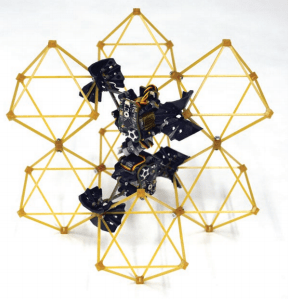
With all of that activity comes a need for better technology. There are a vast number of problems to be solved and technologies to be developed before human presence can be expanded beyond Earth orbit. In operation since 2010, and with over 200 technologies tested, the Flight Opportunities Program is playing an important role in space exploration.
The complete list of the 25 technologies chosen for Tech Flights is here.
More:
- Press Release: NASA Selects 25 Promising Space Technologies for Commercial Flight Tests
- Tech Flights Flyers, Reports, and Presentations
- NASA: Space Technology Mission Mission Directorate

